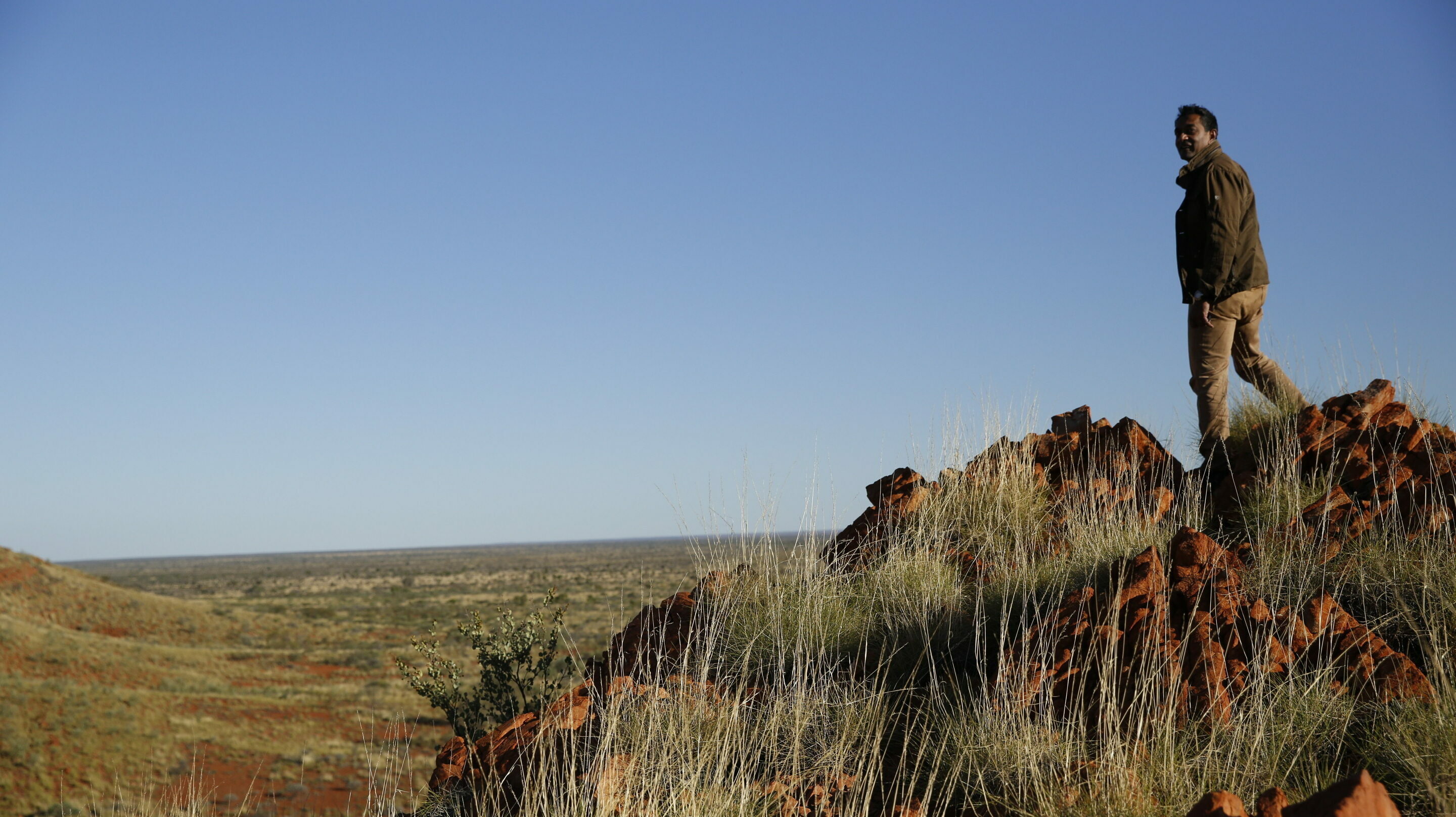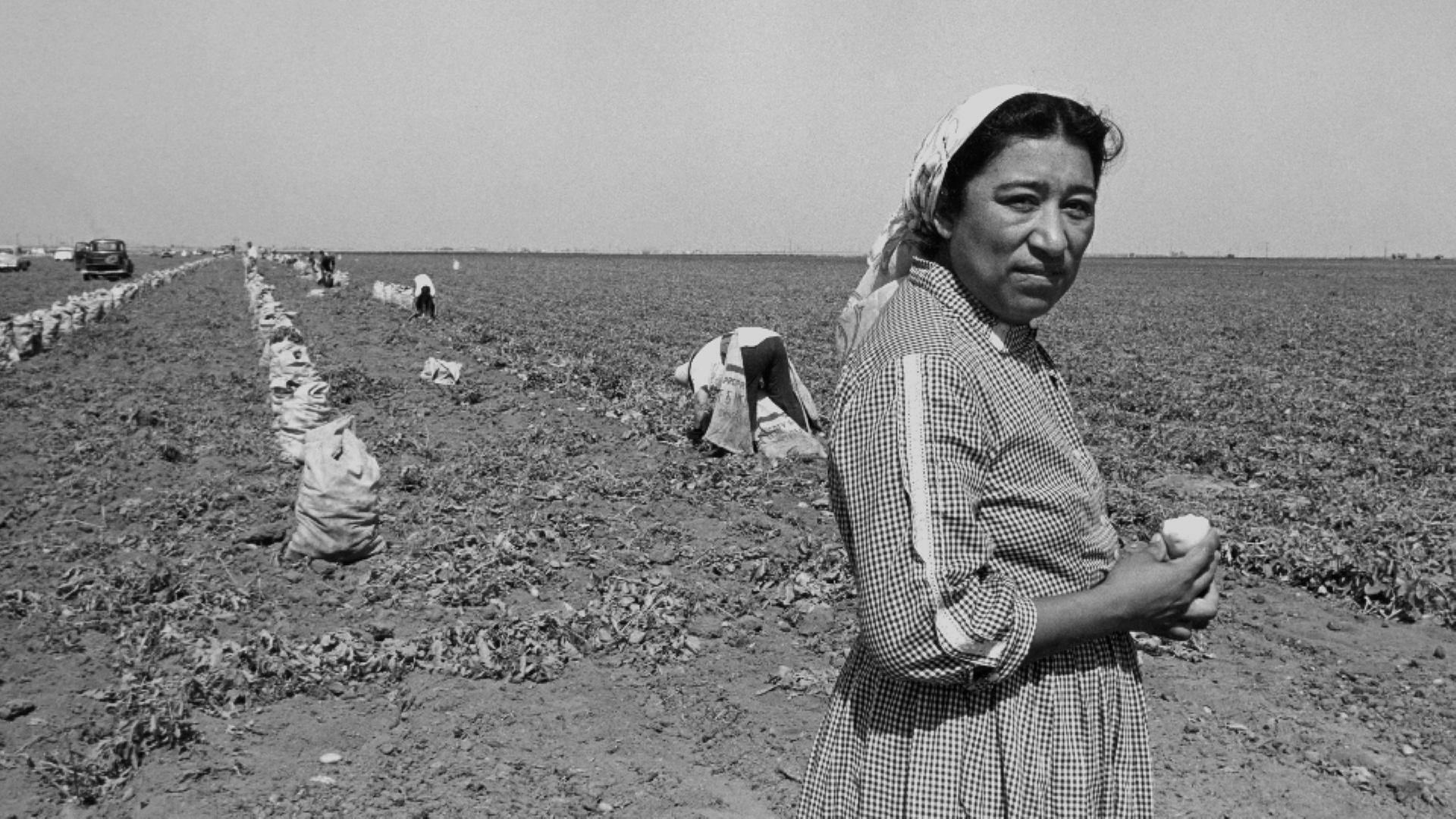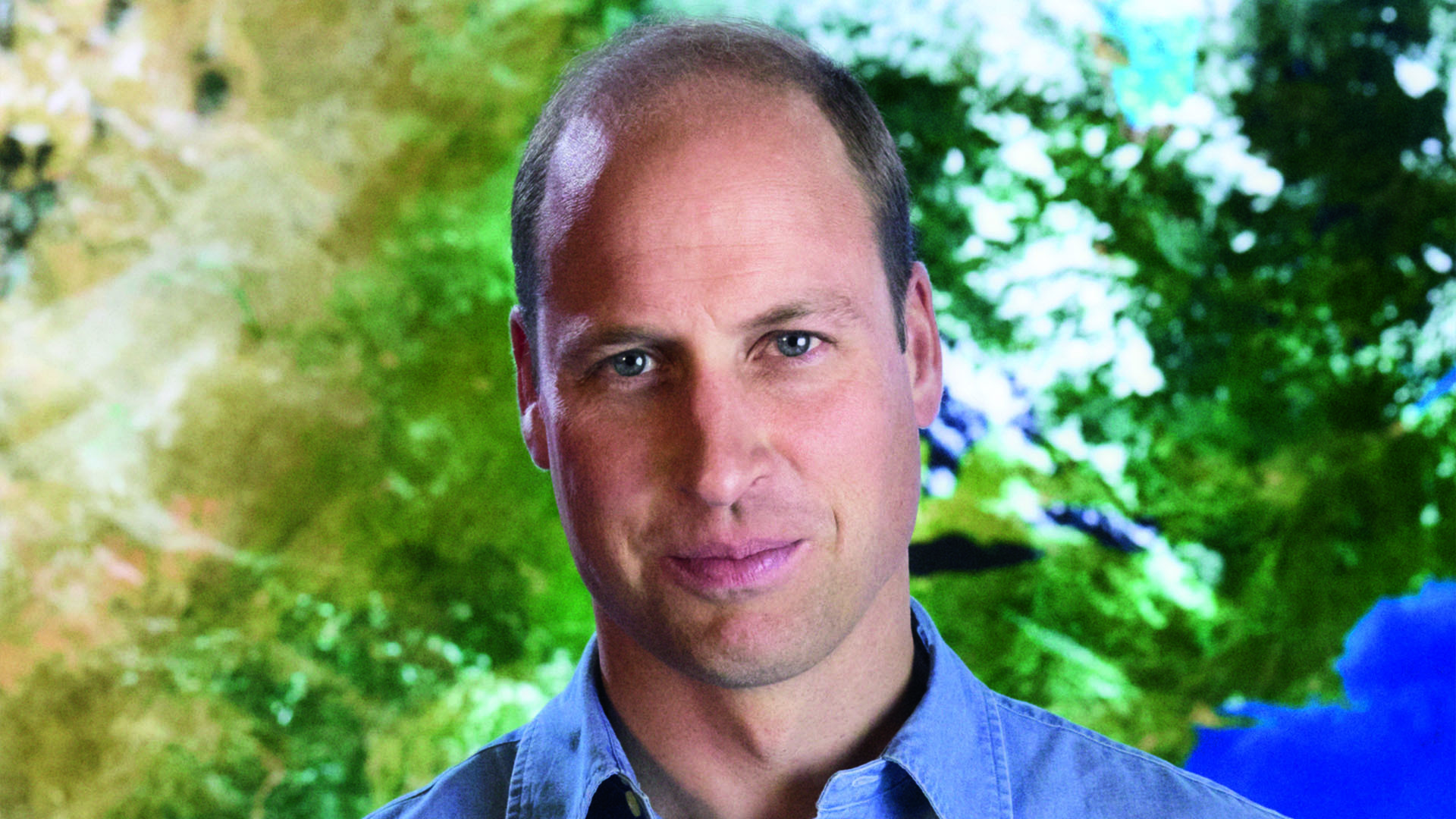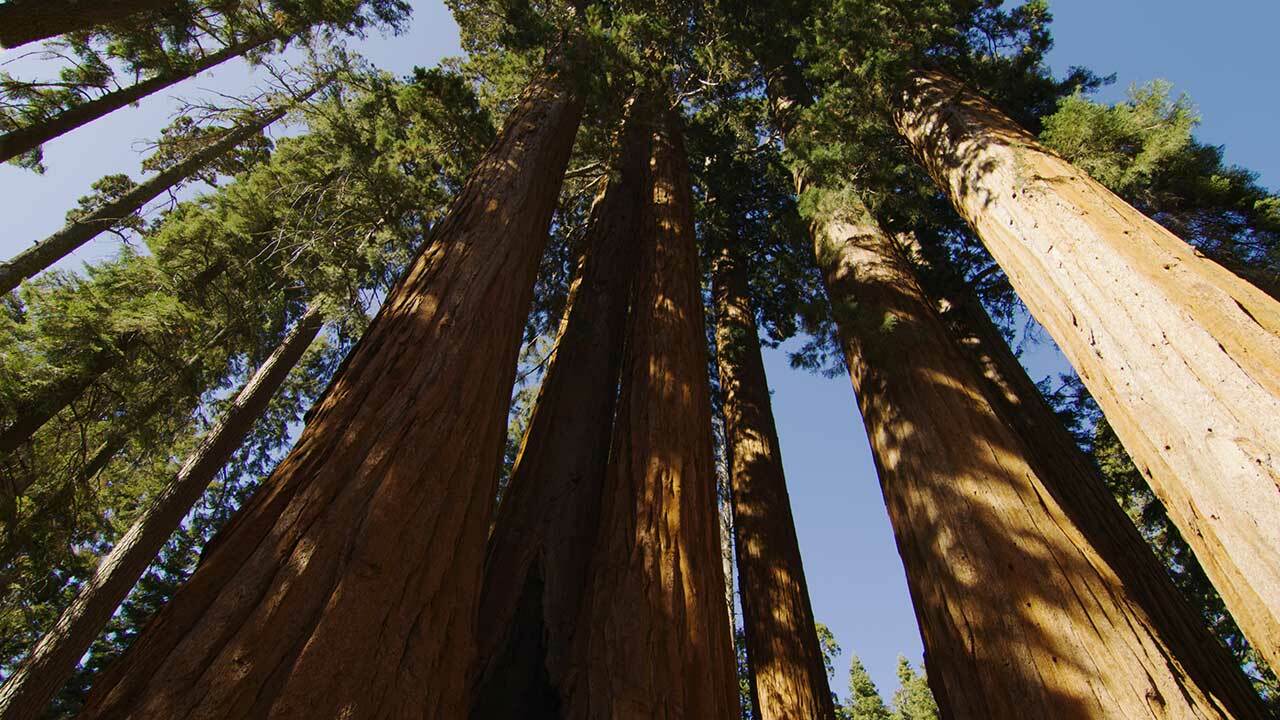
From Australia’s remote Gibson Desert to California’s forests, Cambodia’s Mekong River to the African savanna, “Changing Planet” returns for the second year of an ambitious seven-year environmental project. During the show we’ll revisit some of our planet’s most vulnerable ecosystems and meet the scientists and local experts working on solutions to combat the devastating effects of climate change across the globe.
PBS spoke with Conservation Scientist Dr. M. Sanjayan and host of “Changing Planet” to learn more about our role in protecting and restoring the planet, and how he remains hopeful for the future.
PBS: Who are your climate heroes?
Dr. M. Sanjayan: There are some incredible people leaving a huge mark on the global stage — two that immediately come to mind are Christiana Figueres and Hindou Oumarou Ibrahim. Both speak truth to power, acknowledge hard truths without losing optimism, and create space for different points of view.
The other heroes: The people living on the front lines of climate change who refuse to let cataclysm define their future. While filming “Changing Planet,” we’ve encountered so many resolute communities that refuse to relinquish agency: the Yurok leaders of Northern California, the Pintupi community in the Gibson Desert, the Maasai in the Chyulu Hills.
Support your local PBS station in our mission to inspire, enrich, and educate.
PBS: How do you personally stay optimistic about our climate future?
Dr. M. Sanjayan: We should start with the energy transition, where we’ve made tremendous strides in the last year. The Inflation Reduction Act turbocharged investment in clean energy and spurred a global race to the top. I feel confident that my 3-year-old daughter will grow up in a world where energy is cleaner, greener, and more affordable. That alone is worth celebrating.
But even if we miraculously reached net-zero emissions tomorrow, we would still be on track to exceed 1.5° C of warming. One-quarter of annual emissions (12.5 GT) come from land use: deforestation, overgrazing, and unsustainable agricultural practices. That’s why our scientists at Conservation International developed the Exponential Roadmap for Natural Climate Solutions, a detailed plan to zero-out those emissions by 2030 and turn human-managed lands into a powerful carbon vacuum by 2050. Meeting its demands requires ambition and fortitude – but no magic or experimental technologies.
All to say: Of course, there are times I feel despair. I’m human. But despair did not eradicate the scourge of smallpox, and it did not develop a coronavirus vaccine in mere months. Despair did not build railroads that span entire continents, or harness electricity from the wind, the sun, and the water. Hope, ingenuity, and perseverance did those things. We know exactly what we need to do — the only thing that can hold us back is ourselves.
PBS: What is the most surprising thing you learned while filming the second part of this series?
Dr. M. Sanjayan: During filming, I found myself in the middle of the Gibson Desert in Australia — 800 kilometers from the nearest city (Alice Springs) — where I joined a community of aboriginal Pintupi people. The Pintupi use fire to encourage future food growth, but this did not resemble any ordinary prescribed burn. I watched Pintupi families toss sticks of fire onto dry bush, burning acres at a time. It appeared frantic and constant. There was no apparent rhyme or reason; no coordination; no safety briefing. But what looked like utter chaos to me was second nature to them. That teamwork is simply weaved into the fabric of day-to-day life — it’s a cultural practice, refined over tens of thousands of years. The work is somehow both indiscriminate and precise, and the impact is vast: That land (47,000 kilometers, roughly the size of Denmark) is home to some of the last endangered species in Australia.
But did I ever imagine tossing fire into the brush without fearing imminent arrest? That qualified as a surprise.
I was also impressed with the blue carbon work on the coast of Australia. “Blue carbon” ecosystems — e.g., mangroves and seagrass — are very carbon-dense. Protecting and restoring them yields huge return-on-investment. We met scientists in Australia uncovering the surprising link between dugongs – a rare, oceangoing mammal – and blue carbon.
Finally, the work that coral reef scientists are undertaking in the Maldives could be a game-changer for atoll-scale restoration. Scientists have discovered bio-acoustic signals that healthy reefs emit to encourage spawning by symbiotic creatures. Unlocking this mechanism could be the key to doing coral reef restoration at a grand scale.
PBS: In “Changing Planet” there are many examples that show how our wildlife plays an important role in repairing the planet. For instance, beavers maintain wetlands and engineer the landscape to help California’s forests resist fire damage. In Australia, dugongs help germinate and disperse seagrass seeds to grow and maintain the seagrass ecosystems.
Throughout your career, have there been any other examples you’ve come across within the U.S. specifically where animals are helping our ecosystems recover?
Dr. M. Sanjayan: The reintroduction of wolves in Yellowstone had an incredible cascading effect on the entire ecosystem. Wolves culled the bloated elk population, which in turn reduced pressure on aspen and willow trees. More willow trees meant more beaver dams. The return of beaver dams improved the health of local streams.
PBS: The show touches on human-animal conflict and how it can often escalate in areas where resources are scarce. In Kenya, we learn more about the struggle between local communities and elephants over farmland.
Where else are we seeing these types of conflicts around the globe? What tools do we have to manage these conflicts?
Dr. M. Sanjayan: These conflicts arise everywhere — and will continue to arise — because we are all part of the same ecosystem. As resources grow scarce, agricultural frontiers shift, and habitats change. I often think back to a man I met in Bangladesh, where Bengal tigers in the Sundarbans routinely kill 50 to 60 humans per year. This man went out one day to forage in the mangrove forest with his father, who was attacked by a tiger and ultimately bled out in his arms. The son was understandably emotional telling me this story. But I remember clearest what he said next: He felt no malice toward this tiger. The tiger, he said, was there to protect the forest; without the tiger, the forest ecosystem wouldn’t function. The tiger did what the tiger will do.
Often, in Western cultures, we think of nature as separate from humanity. We live in settlements over here; animals are in the forests over there. But in many communities around the world, that boundary is far more porous. Life is interconnected. Humans are part of the natural world, not secluded from it. When we’re conserving habitats, we are actively working to preserve those equilibriums for everyone’s benefit.
PBS: In “Changing Planet” there are so many incredible climate projects taking place around the globe, but for those who are following along, some of these efforts might seem unattainable in their own lives.
Can you share a few different examples of things someone can incorporate into their everyday routine to take steps toward repairing the planet?
Dr. M. Sanjayan: First, let me say this: Institutions must do the heavy lifting here. We can and must hold leaders of governments and corporations accountable to fulfilling net-zero and sustainability goals. But day-to-day choices matter, too. Our food system, for example, accounts for more than a third of annual emissions. What we grow, how we grow it, how we transport it, how we cook it, and whether we waste it all have an enormous impact on our climate. Consider this: The biggest drinker of coffee on Earth is our drains. Small decisions — not wasting coffee, ordering chicken instead of beef, or buying locally sourced produce — all add up. When we make climate-friendly changes — and buy from companies that share our values — we can drive real impact in aggregate.
We also know that protecting and restoring nature has clear benefits for climate resilience and emissions reductions — local actions can have global impact. Support conservation and restoration efforts in your own community.
Watch Changing Planet
PBS: You mention that there are answers to climate change that are rooted in both Indigenous wisdom and in modern cutting-edge science. If we put them together, then maybe there’s a path forward for us in this fight against climate change.
Can you expand on this? How can we continue this dialogue across the world and work more closely with Indigenous voices fighting against climate change?
Dr. M. Sanjayan: Indigenous peoples protect 80 percent of global biodiversity and manage at least a quarter of carbon stored in tropical forests. We also know that Indigenous stewardship routinely leads to better environmental outcomes. For example, new science finds that lands managed by Indigenous peoples and other local communities are the only remaining carbon sinks in the Amazon. In many cases, they’ve been doing this work for thousands of years and possess a deep understanding of the land. It’s important that we partner directly with these communities, support Indigenous land tenure, and get funding to Indigenous-led projects.
If we can combine Indigenous wisdom with some of the new tools of western science, we can do incredible things. In Western Australia, Indigenous land management techniques practiced by the Pintupi people are now being scaled using government helicopters and geospatial mapping technology.
It's also important to remember that when you do the work of global conservation, you’re coming into someone else’s backyard. That requires humility and respect, but also pragmatism. Change won’t “stick” unless it is in the community’s enlightened self-interest — understanding that community and its incentives is the only path to long standing change.
PBS: This is the second year of a seven-year project. Can you give us a hint about what’s in store for the future and where this project is taking you next?
Dr. M. Sanjayan: We are going to focus heavily on oceans in season three. I just returned from an incredible journey to the Maldives, in the Indian Ocean. The cutting-edge science I witnessed there, if scaled, could be a game-changer for ocean conservation. Our show might be the first to cover this research – that is exciting!
I also look forward to getting to the Amazon. Brazil and the rainforest are on everyone’s mind — but time is running out, and I would like to follow up on our Amazon stories.
And, of course, we will continue to highlight the incredible ingenuity of frontline communities, as well as the value of Indigenous knowledge.
Stream “Changing Planet” April 19 at 9/8c on pbs.org and the PBS App.

The best of PBS, straight to your inbox.
Be the first to know about what to watch, exclusive previews, and updates from PBS.



